What does P12 error code mean on my Panasonic S-80MW1E5?
- Hhannah30Sep 13, 2025
The P12 error code on your Panasonic Heat Pump indicates abnormal water pump speed. You should re-run the system.
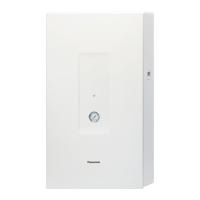
What does P12 error code mean on my Panasonic S-80MW1E5?
The P12 error code on your Panasonic Heat Pump indicates abnormal water pump speed. You should re-run the system.
| Heating Capacity | 8.0 kW |
|---|---|
| Refrigerant | R32 |
| Type | Heat Pump |
| Power Supply | 230 V |
| Energy Efficiency Class (Cooling) | A+ |
Essential preliminary instructions to ensure safe and proper installation.
Guidance on seeking assistance for special installation problems from experts.
Manufacturer's disclaimer regarding responsibility for installation errors and damage.
Critical safety warnings and guidelines for electrical wiring procedures.
Lists and illustrates the primary components of the indoor and outdoor units.
Lists necessary tools that are not included with the unit.
Details the accessories provided with the unit for installation.
Lists optional parts and accessories that must be procured separately.
Specifies the required types of copper tubing and insulation for refrigerant lines.
Lists other necessary materials for completing the installation process.
Guidelines and points to avoid for selecting the optimal indoor unit installation location.
Criteria for choosing the most suitable location for the indoor unit installation.
Step-by-step instructions for securely mounting the installation plate on the wall.
Procedure for creating a wall opening and installing a piping sleeve for connections.
Steps to attach the indoor unit body to the installed mounting plate.
Instructions for connecting the water inlet and outlet pipes to the indoor unit.
Detailed procedure for connecting the refrigerant tubing to the indoor unit.
Guidelines for correctly installing the drain hose for condensate removal.
Essential safety rules and general guidelines for electrical wiring.
Specifies appropriate wire sizes and lengths for power and control wiring.
Provides a visual schematic of the electrical connections for the system.
Detailed steps for connecting wires to terminal blocks using proper techniques.
Demonstrates proper handling and insulation of shielded wires.
Illustrates a typical wiring configuration for reference.
Explains the flaring method for connecting refrigerant tubes between units.
Details how to connect the refrigerant tubing, including torque specifications.
Instructions for applying thermal insulation to refrigerant tubing for efficiency and protection.
Method for taping refrigerant tubes and wiring together for secure installation.
Final steps for sealing wall penetrations after tubing installation.
Guidelines for selecting the optimal placement for the wired remote controller.
Instructions for physically attaching the remote controller's base case to the wall.
Detailed steps for mounting the remote controller in an exposed configuration.
Detailed steps for mounting the remote controller in an embedded configuration.
Provides dimensional drawings of the remote controller for installation planning.
Overview of the water circuit test run procedure, including external pump considerations.
Step-by-step guide to safely remove the indoor unit's front panel.
Step-by-step guide to safely remove the indoor unit's side cabinet.
Procedure for configuring the unit's initial settings using the remote controller.
Steps to select the operating mode (TANK or A/C) during initial setup.
Instructions for performing the water circuit test run and air purge.
Detailed steps for performing the air purging process from the water circuit.
Guide for adjusting the pump speed settings for optimal performance.
Configuration options for various Air-to-Water unit settings via the remote controller.
Steps to access and service the overload protector mechanism.
Procedure to reset the overload protector after it has tripped.
Steps to clear the "P07" alarm from the remote controller after resetting the protector.
Common issues, their causes, and remedies for the indoor and outdoor units.
List of error codes, their meanings, and methods for release.
Steps to perform before contacting service for performance issues.
Recommendations for optimizing unit operation for energy efficiency.
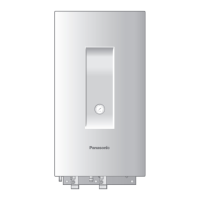


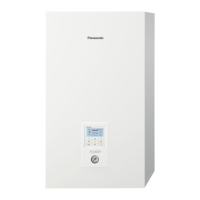
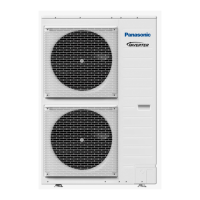
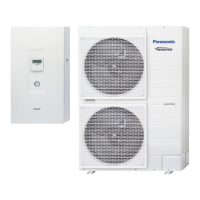


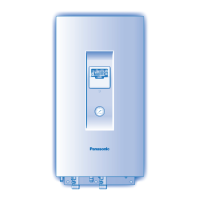
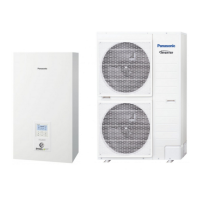
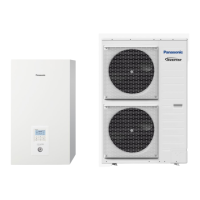

